At Hideout Fitness in Irvine, we understand that a proper recovery is just as important as the workout itself. Recovering efficiently enhances your performance and fitness gains and reduces the risk of injury. Our personal trainers have compiled their top strategies to help you recover faster and more effectively so you're ready to hit your next workout with vigor.
Let's start with the best ways to help muscles recover quickly.
How Can I Speed Up Muscle Recovery?
At Hideout Fitness in Irvine, we know that a quicker recovery means getting back to your workouts with renewed strength and vigor.
One of the best ways to speed up muscle recovery is through a combination of rest, nutrition, hydration, and proper post-workout routines. Incorporating active recovery sessions, such as light stretching or yoga, can greatly enhance blood flow to your muscles, which aids in quicker repair and soreness reduction.
Additionally, ensuring you get enough sleep each night is crucial; during sleep, your body undergoes the most significant muscle repair and recovery processes.
Let's dive into these ways to speed up muscle recovery.
Hydration: The Foundation of Recovery
Hydration is often overlooked, yet it's crucial for optimal muscle recovery and overall physical performance. Water replenishes fluids lost through sweat during intense workouts and helps transport essential nutrients to damaged muscles, facilitating faster repair.
Pro Tip from Hideout Fitness Trainers: Keep a water bottle handy during and after your workouts. Our trainers recommend drinking at least 8 ounces of water right after your exercise session and continuing to sip throughout the day. Proper hydration helps regulate body temperature, lubricates joints, and aids in transporting nutrients that help repair muscle.
How to Stay Properly Hydrated
When planning a walk, run, or bike ride around Irvine’s scenic spots like the Jeffrey Open Space Trail or the Hicks Canyon Trail, here are some tips to ensure you stay well-hydrated:
- Carry a Water Bottle: Always take a water bottle with you. Many lightweight options are easy to carry or fit into a bike’s water bottle holder. For longer distances, consider a hydration pack that can hold more water and is easy to drink from while on the move.
- Hydration Stations: Plan your route through areas with water fountains or hydration stations. Many community parks and public spaces in Irvine, such as the Orange County Great Park, have facilities where you can refill your water bottle.
- Electrolyte Replacement: Consider bringing a sports drink with electrolytes for activities longer than an hour. This can help replace the salt lost through sweat and help prevent cramps.
- Drink Before You Thirsty: Don’t wait until you feel thirsty to drink. Thirst is a sign that you’re already starting to dehydrate. Drink water before starting your activity and continue to sip small amounts regularly throughout your exercise.
- Post-Activity Rehydration: After you finish your walk, run, or bike ride, continue drinking water to fully rehydrate. This is particularly important if you’ve been sweating a lot, which can significantly increase your hydration needs.
Proper Nutrition
Nutrition plays a crucial role in muscle recovery. Consuming the right balance of nutrients, especially proteins and carbohydrates, can significantly speed up your recovery process.
- Proteins are essential for muscle repair. Consuming protein after a workout helps repair the muscle fibers that were broken down during exercise.
- Carbohydrates: They help replenish the muscle glycogen you’ve used during your workout. Eating carbs after your exercise helps with recovery and energy replenishment.
Pro Tip from Hideout Fitness Trainers: Incorporate a protein shake or a meal with a good protein-carb ratio within 45 minutes post-workout. This practice helps kickstart the recovery process effectively.
Consider visiting the Irvine Farmers Market for fresh, locally-sourced fruits, vegetables, and proteins that are perfect for a post-workout meal.
Quick Meal Ideas for Muscle Recovery
- Protein-Packed Smoothie: Blend Greek yogurt with berries, a banana, and a scoop of protein powder. This drink is perfect for on-the-go nutrition and helps repair muscle tissues efficiently.
- Grilled Chicken Salad: Toss together mixed greens, sliced grilled chicken, avocado, nuts, and a vinaigrette. This balanced meal provides protein and healthy fats to aid recovery.
- Quinoa and Roasted Veggie Bowl: Combine cooked quinoa with roasted vegetables, such as broccoli, carrots, and bell peppers, topped with a sprinkle of feta cheese for added protein.
- Salmon with Sweet Potato: Bake a salmon filet with a side of sweet potatoes. This meal offers a healthy dose of omega-3 fatty acids and complex carbohydrates, boosting muscle repair and replenishing energy stores.
These meal options not only support muscle recovery but also contribute to an overall healthier lifestyle.
Preparing these meals at home can be a great way to control ingredients and portions, ensuring you get the best possible nutrition to support your workout recovery and overall health goals.
Consider consulting a nutrition and fitness coach at Hideout Fitness for more personalized nutrition advice and meal planning. They can tailor a nutrition plan that fits your specific needs, helping you recover faster and perform better.

Sleep: Essential for Muscle Repair
Quality sleep is non-negotiable when it comes to recovery. During sleep, your body produces Growth Hormone (GH), which is essential for muscle repair and growth.
Pro Tip from Hideout Fitness Trainers: Aim for 7-9 hours of quality sleep per night. Consider establishing a soothing bedtime routine that may include reading or meditation to improve the quality of your sleep.
Active Recovery
Active recovery can include walking, yoga, or light stretching. These activities help increase blood flow to the muscles, reducing muscle soreness and speeding up healing.
Pro Tip from Hideout Fitness Trainers: Incorporate a low-intensity bike ride or a leisurely swim on your rest days to aid recovery. Gentle movement can be far more beneficial than remaining sedentary.
For those in Irvine, consider taking a scenic bike ride through the San Joaquin Wildlife Sanctuary or enjoy some relaxed laps at the William Woollett Jr. Aquatics Center.
Both spots offer a serene environment perfect for rejuvenating your body and are excellent choices to keep your recovery days active without overexerting yourself.
Massage and Foam Rolling
Utilizing massage or foam rolling as part of your recovery process can help reduce soreness and improve muscle function by increasing blood flow and releasing muscle tightness.
Pro Tip from Hideout Fitness Trainers: Spend 10-15 minutes on a foam roller each day. Focus on areas that are particularly tight or sore from your workouts to help release muscle knots and aid in recovery.
What Muscle Group Recovers the Fastest/Slowest?
Recovery times can vary significantly between different muscle groups, influenced by factors such as the volume of muscle fibers and their usage in daily activities.
Understanding which muscles recover quickly and which take more time can help you optimize your training schedule for better performance and fewer injuries.
Muscle Groups That Recover Quickly
- Biceps and Triceps: Smaller muscle groups, like the arms, often recover faster because they are typically subjected to less intense strain unless specifically targeted.
- Abs: Although the core is engaged in many exercises, abdominal muscles can recover quickly, allowing them to endure frequent training.
Muscle Groups That Recover Slowly
- Legs: Large muscle groups like the quads, hamstrings, and glutes often require more recovery time due to the heavy load and stress they endure during exercises such as squats, runs, and other leg-intensive workouts.
- Lower Back: This area is crucial for most body movements and carries the burden of body weight and posture, leading to a slower recovery due to its constant engagement.
Understanding Muscle Recovery
- Intensity of Workout: Heavier and more intense workouts can increase muscle damage, leading to longer recovery periods.
- Frequency of Training: Training the same muscle groups frequently without adequate rest can slow down the recovery process, leading to fatigue and decreased performance.
- Age and Fitness Level: Recovery rates also depend on personal factors such as age, fitness level, and overall health. Younger individuals and those who are more fit often experience quicker recovery due to better overall muscle condition and hormonal balance.
At Hideout Fitness in Irvine, our personal trainers always advise paying close attention to how your body feels post-workout and adjusting your fitness plan accordingly. Allow more rest for muscle groups that feel particularly fatigued, and consider alternating between different muscle groups each day to ensure all muscles have time to recover properly. This approach prevents overtraining and promotes overall muscle health and fitness longevity.
Conclusion
At Hideout Fitness in Irvine, we are dedicated to helping you achieve your fitness goals holistically, including state-of-the-art recovery techniques. Integrating these muscle recovery strategies into your routine can enhance your performance, speed up recovery, and reduce the risk of injury. Ready to take your fitness to the next level?
Visit us at Hideout Fitness and let our personal trainers guide you through a tailored recovery plan.
Recover Right in Irvine with Hideout Fitness
Book a free consult and a session with one of our expert trainers at Hideout Fitness today and discover how optimized recovery can transform your training experience and results. Your journey to a stronger, healthier body starts with recovery. Let us help you Recover Right!




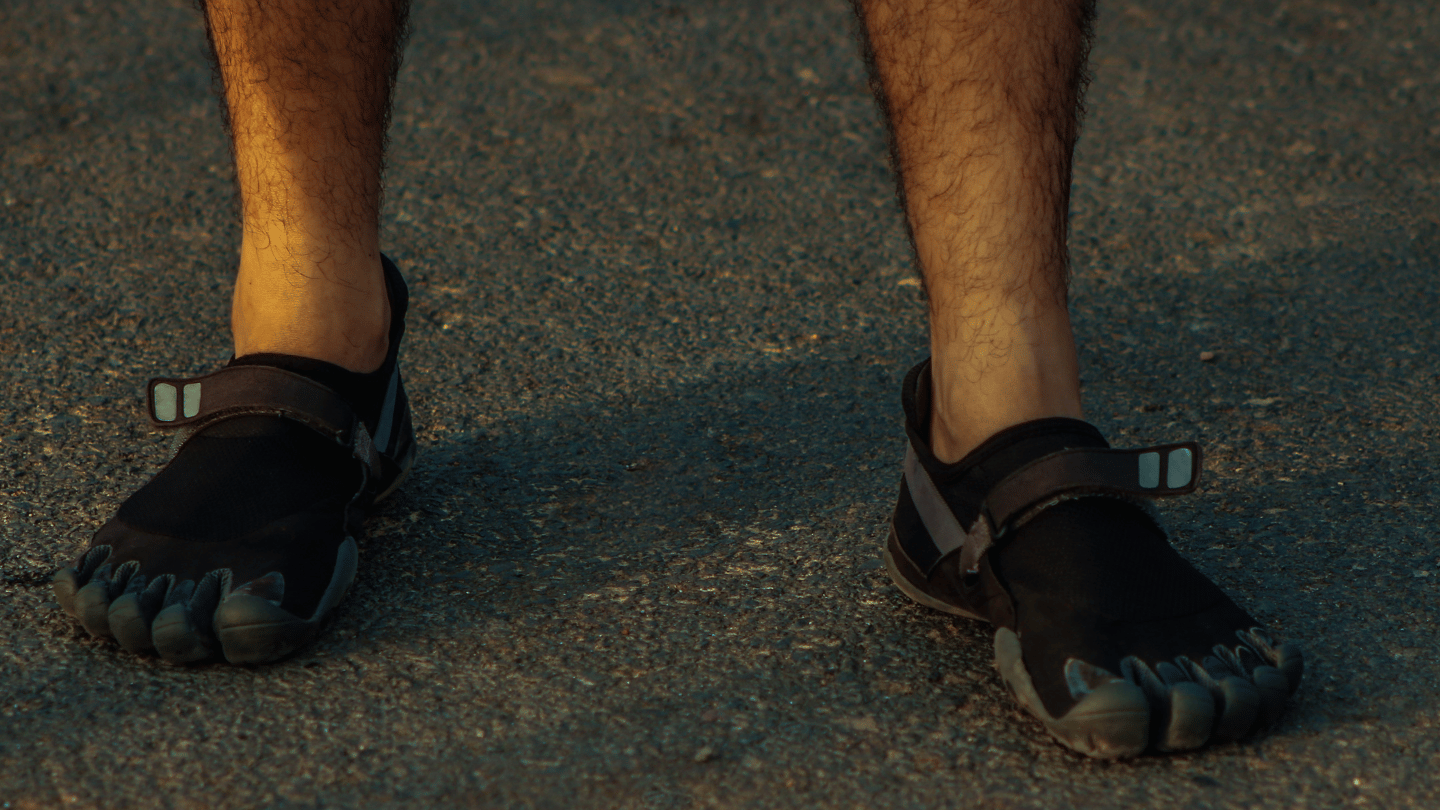







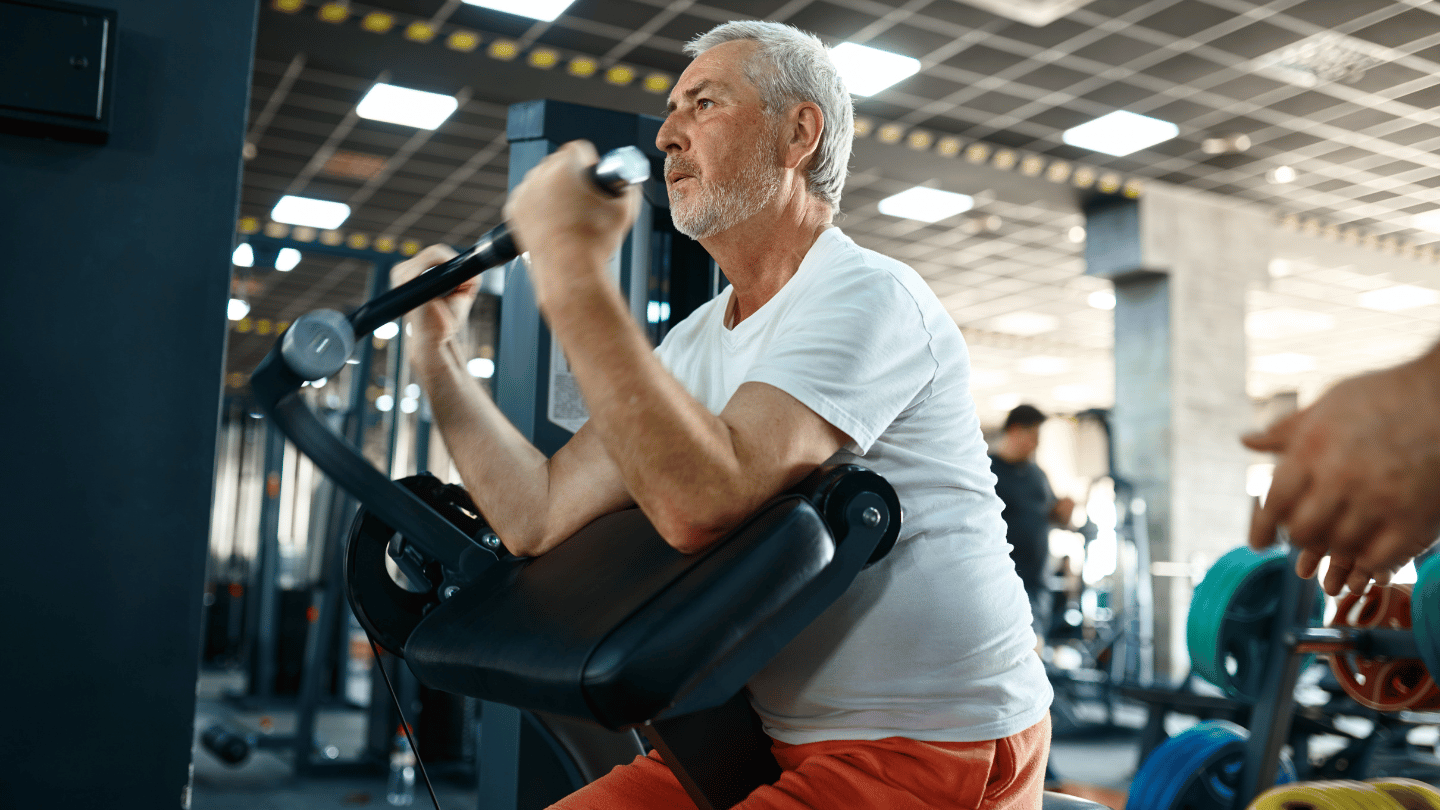

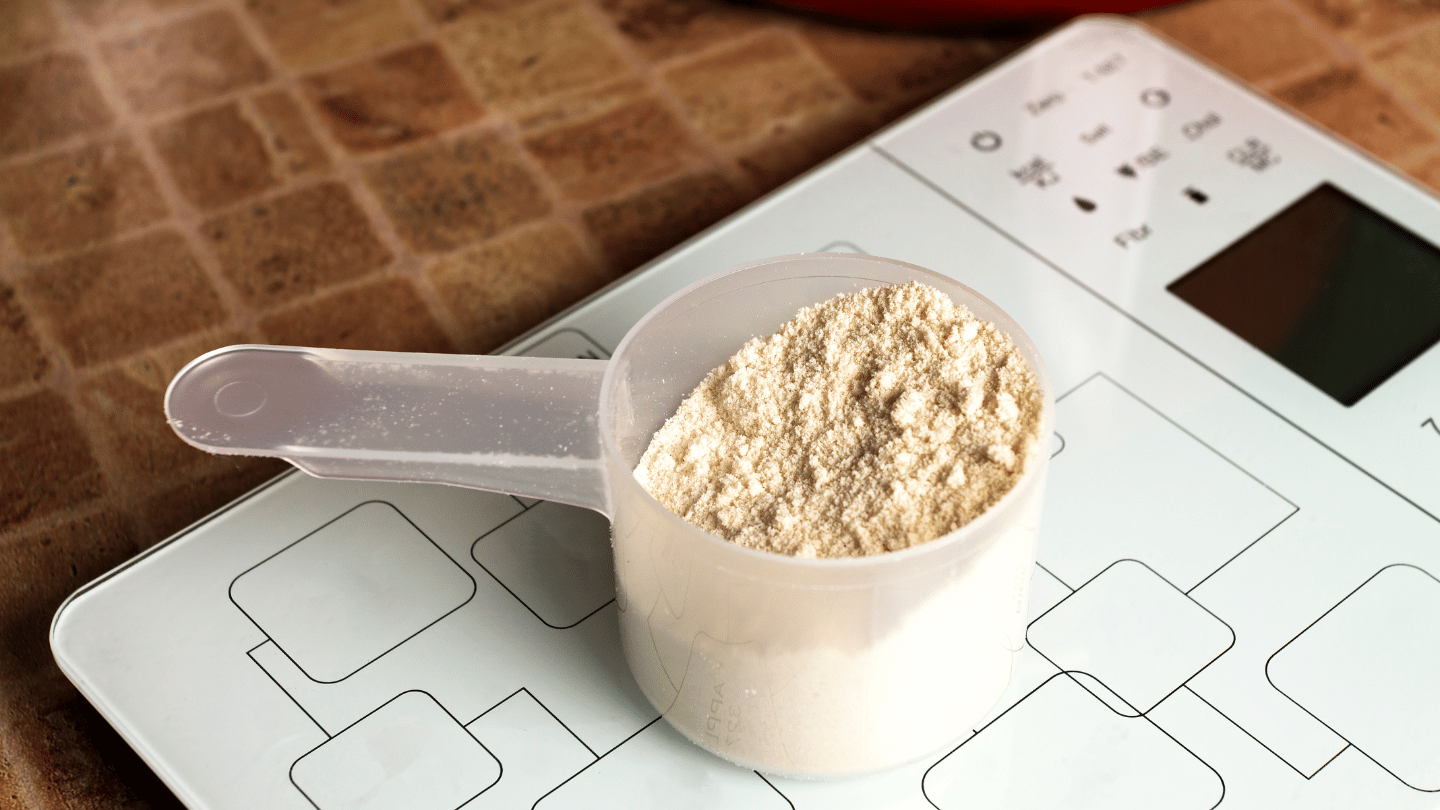


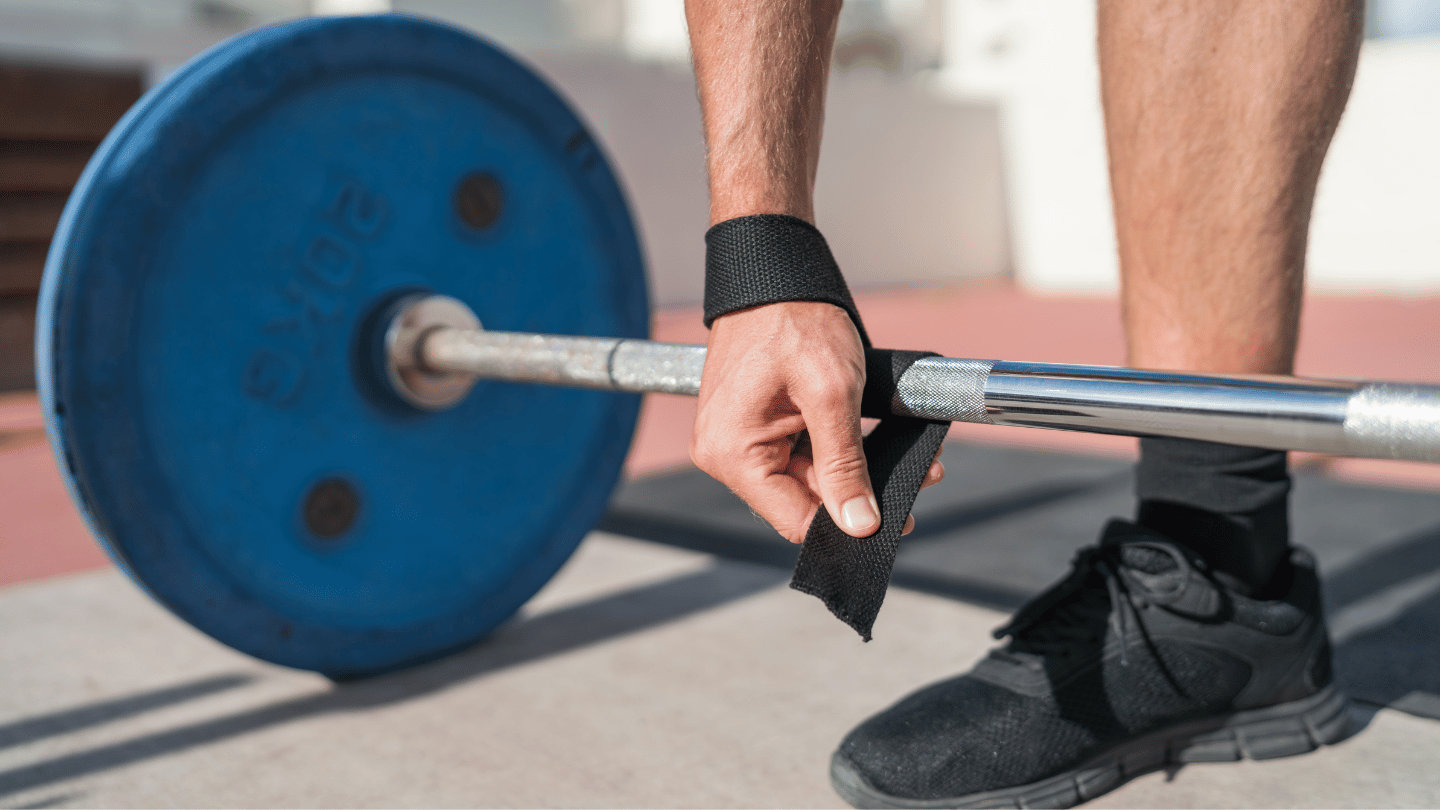


.png)
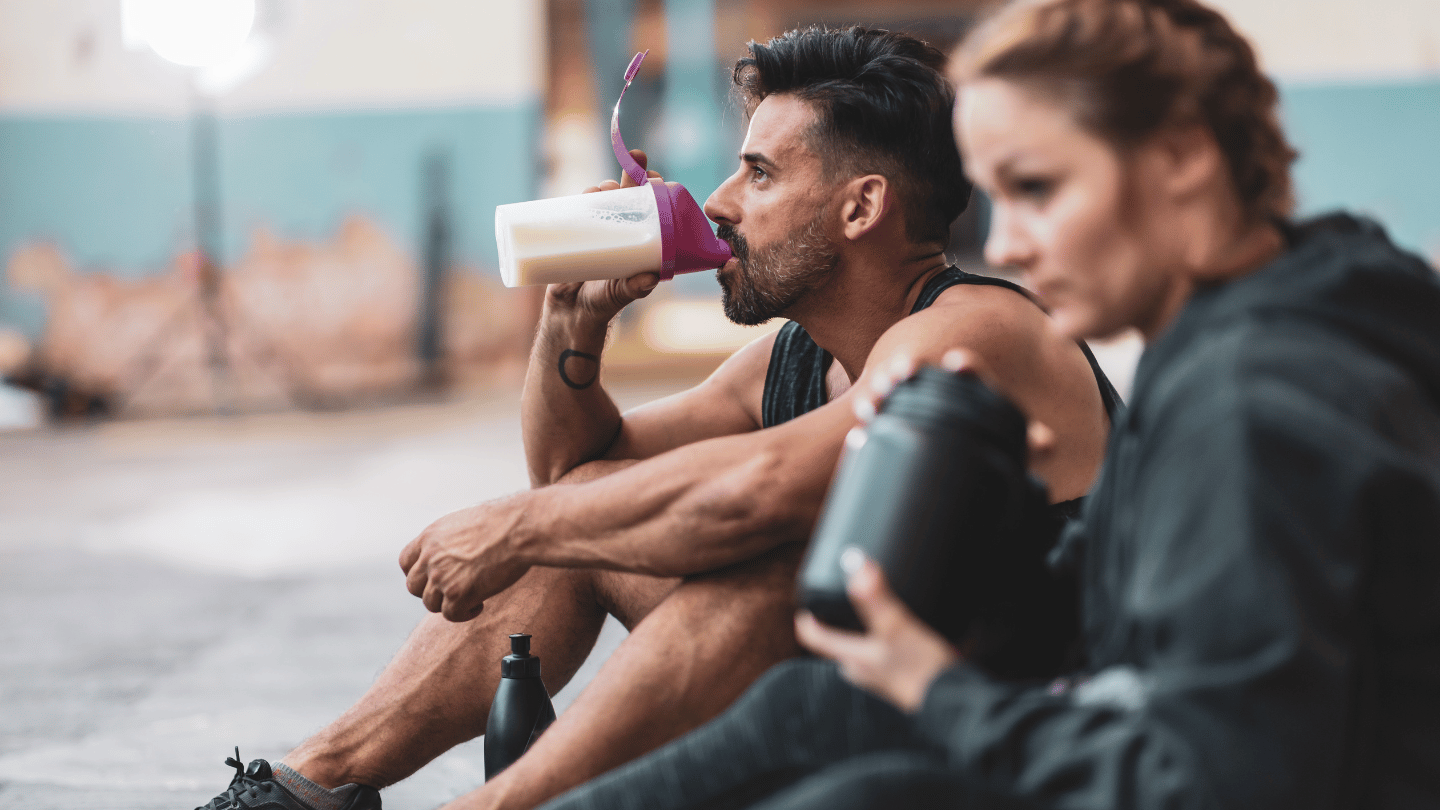
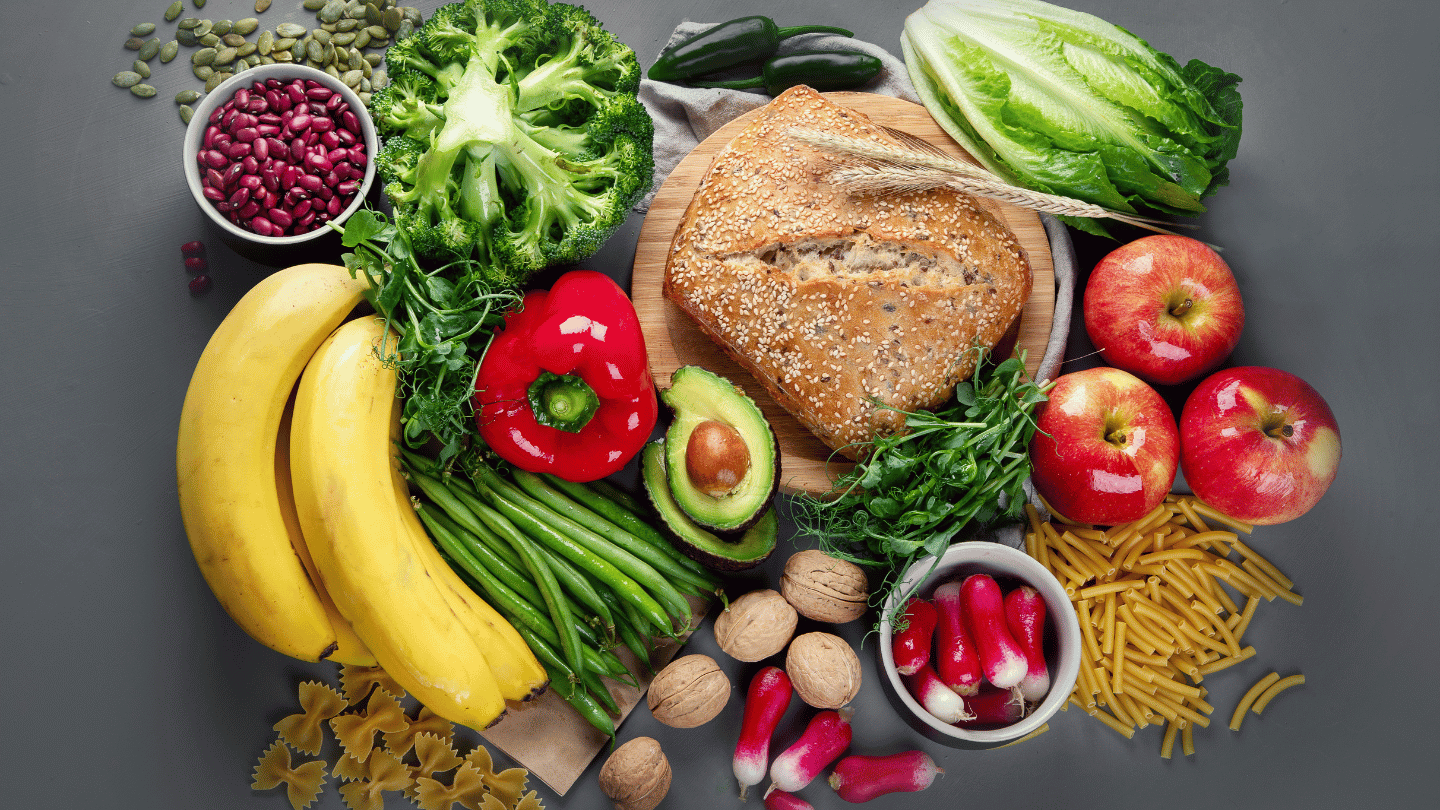









.png)




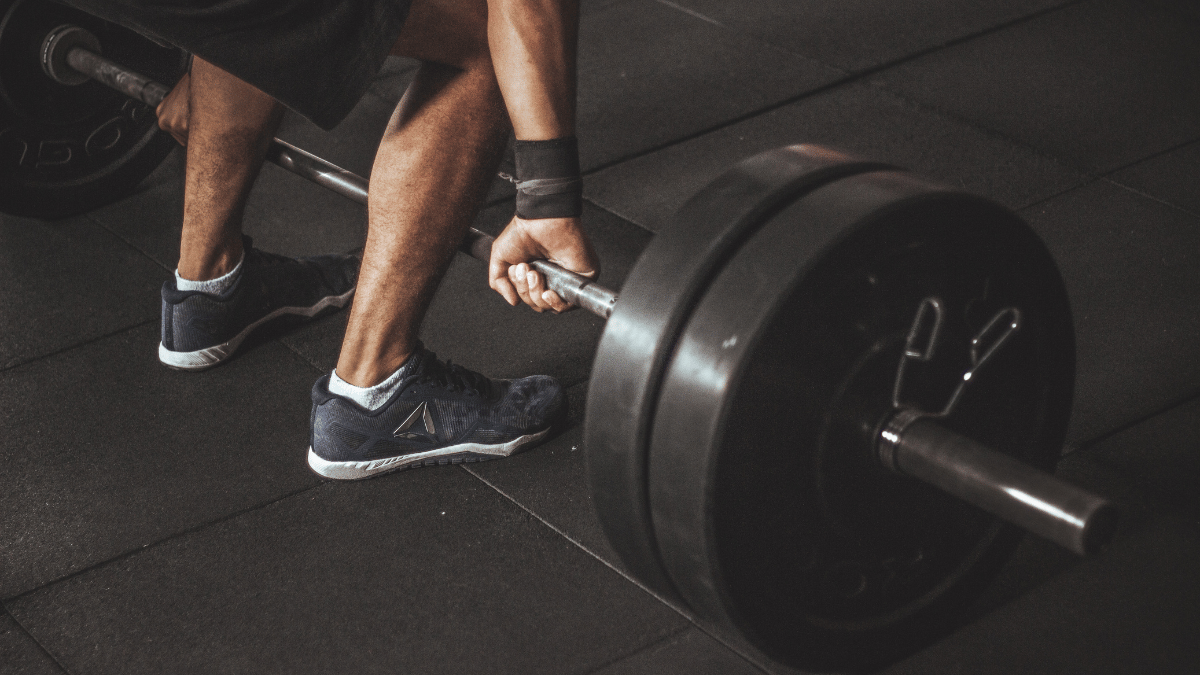





















.png)
.png)
.png)


























.png)
.png)
.png)
.png)
.png)
.png)
.png)
.png)
.png)
.png)


